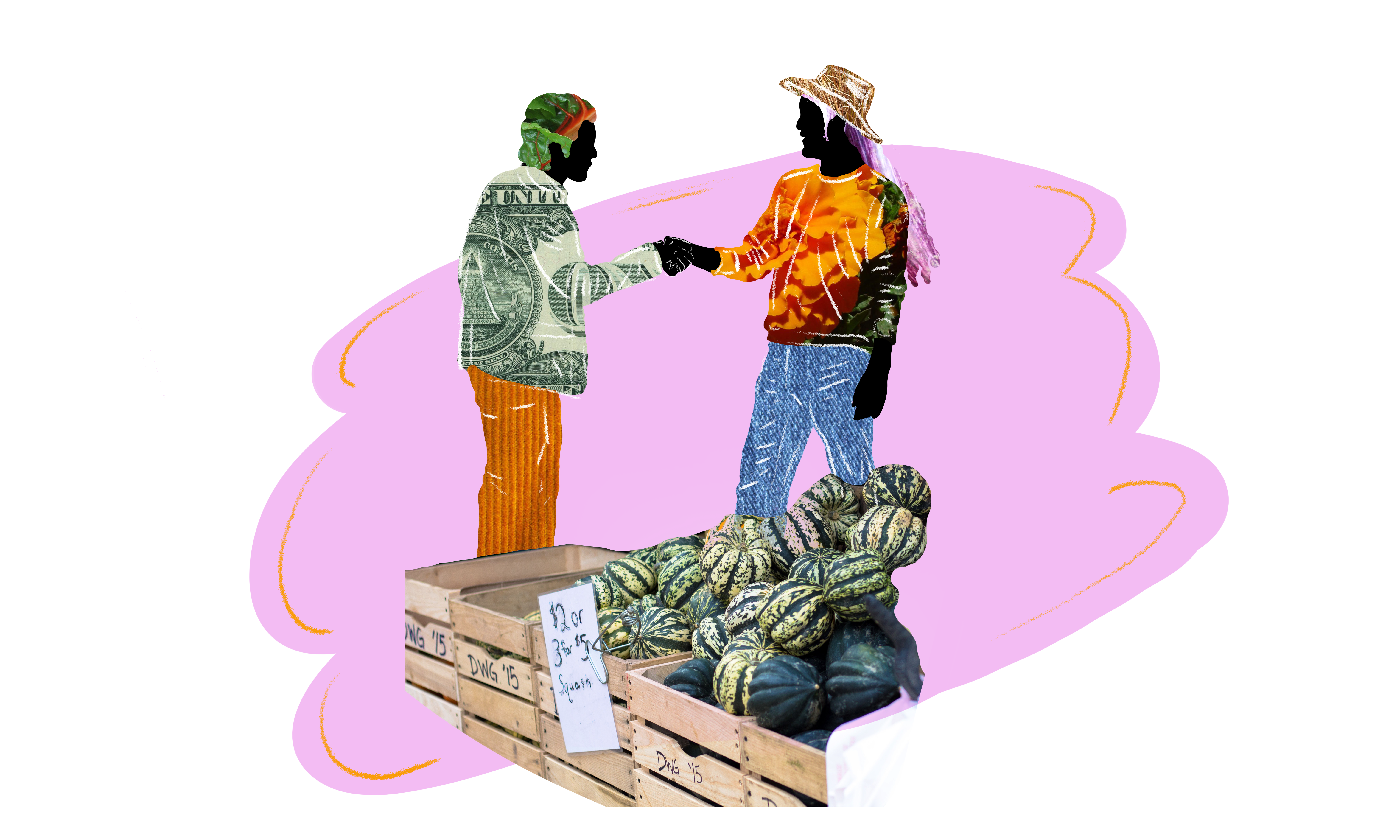How do you know if selling to institutions is right for your farm?
The first step is to understand the different characteristics of market channels, or where and how you sell your farm’s products. Typically, farmers use two types of market channels: direct and indirect.
Direct to consumer channels include agritourism/pick-your-own, CSA, farmers’ markets, roadside stands, and online sales. Consumers in these markets are making decisions based on quality, emotion, and trust. Farmers using direct market channels typically do so because they can grow less volume and receive a higher price.
Courtesy of The Common Market
Indirect market channels include marketing co-ops, brokers/distributors, packing houses, wholesale buyers, institutions, and processors. Commercial buyers and regional/national sellers typically use these supply channels. Buyers in these channels are also making purchasing decisions based on quality and price, but also on quantity, accurate invoicing, delivery, storage capability, packaging, farm safety plans, 3rd-party certifications, and insurance. Emotional connection is less of a decision factor than direct market channels, although this relationship-building can still be important for institutions that are trying to align their food dollars with their values. Indirect market customers speak a different language than direct market customers. As a seller, it is helpful to be fluent in that language to deliver what they’re looking for and to meet your needs. Farmers selling to indirect market channels generally have the ability to grow greater quantities of product and are thus able to take a lower price for what they produce. So, in general, marketing channels are often perceived as accessible based on your scale of production. Larger farmers are able to take advantage of economies of scale while smaller farmers take advantage of economies of scope.

















